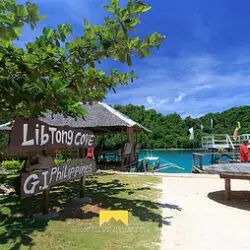As a hiker and frequent traveller, Google Maps offline navigation is very important for two reasons:
First, our cellular coverage on the countryside, where most outdoor adventure happens, suck. Except for Mt. Hibok Hibok where I had intermittent 3G signals near the peak, the rest simply don’t have cellular signal. That poses a problem when your navigating inside dense tropical forests. Or if you’re plainly lost.
Second, if there is cellular signal, and you’ll use it for navigating Google Maps, chances are you are hogging bandwidths and incur excess data plan charges. Good example is when you are on “roaming” and charges are prohibitive.
So how do you navigate offline?
Simply search for a place-city, country or area on google map search, then go to “download offline area” in the Google (upper right hand) dropdown menu.
Once you are in your “downloaded location” and connection is poor, Google Maps automatically switch to offline mode. It switches back to online mode once you have a good internet connection.
I’ve used Google Maps in my recent Lake Sebu trip, saving the resort location to my mobile phone then accessing it only after I had 3g connection in the area. I am definitely going to try this in my upcoming outdoor adventures.














[…] wrote about this on my hiking blog, here. It’s definitely a useful navigating feature for areas without cellular data […]